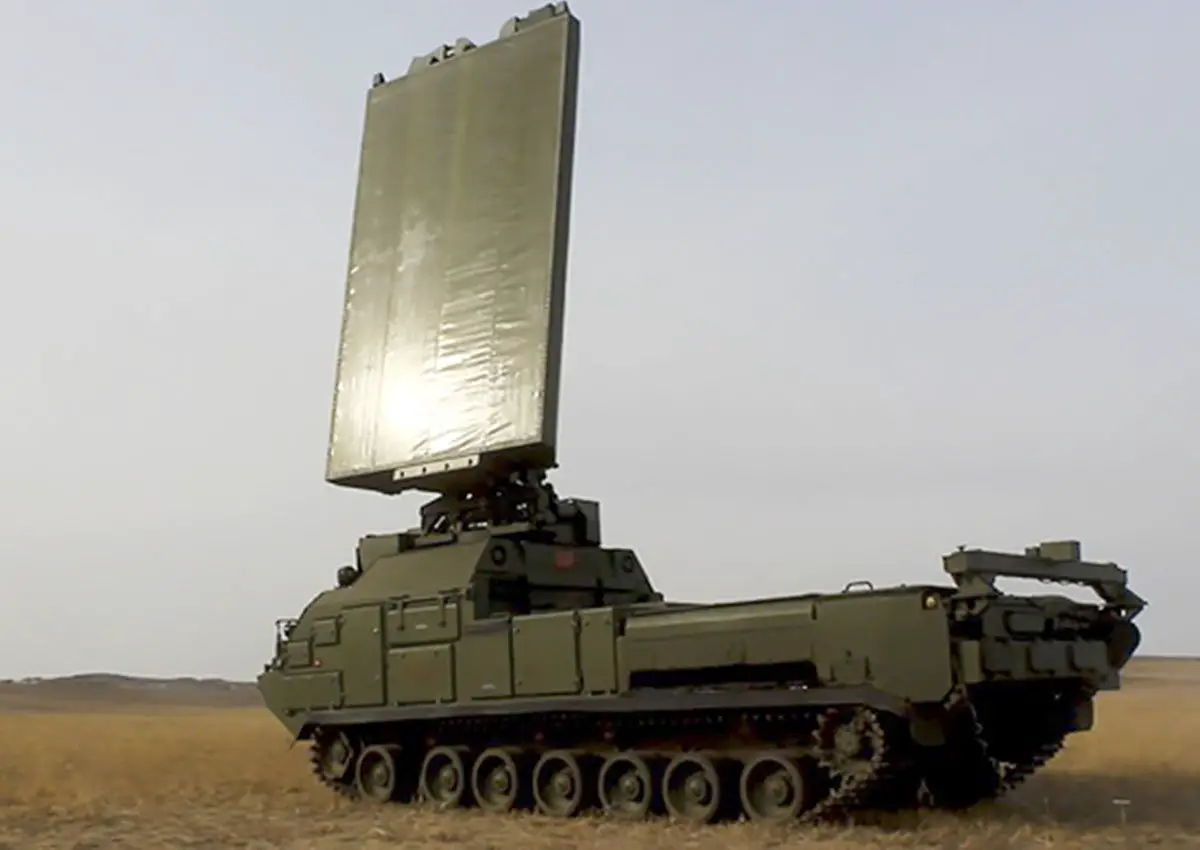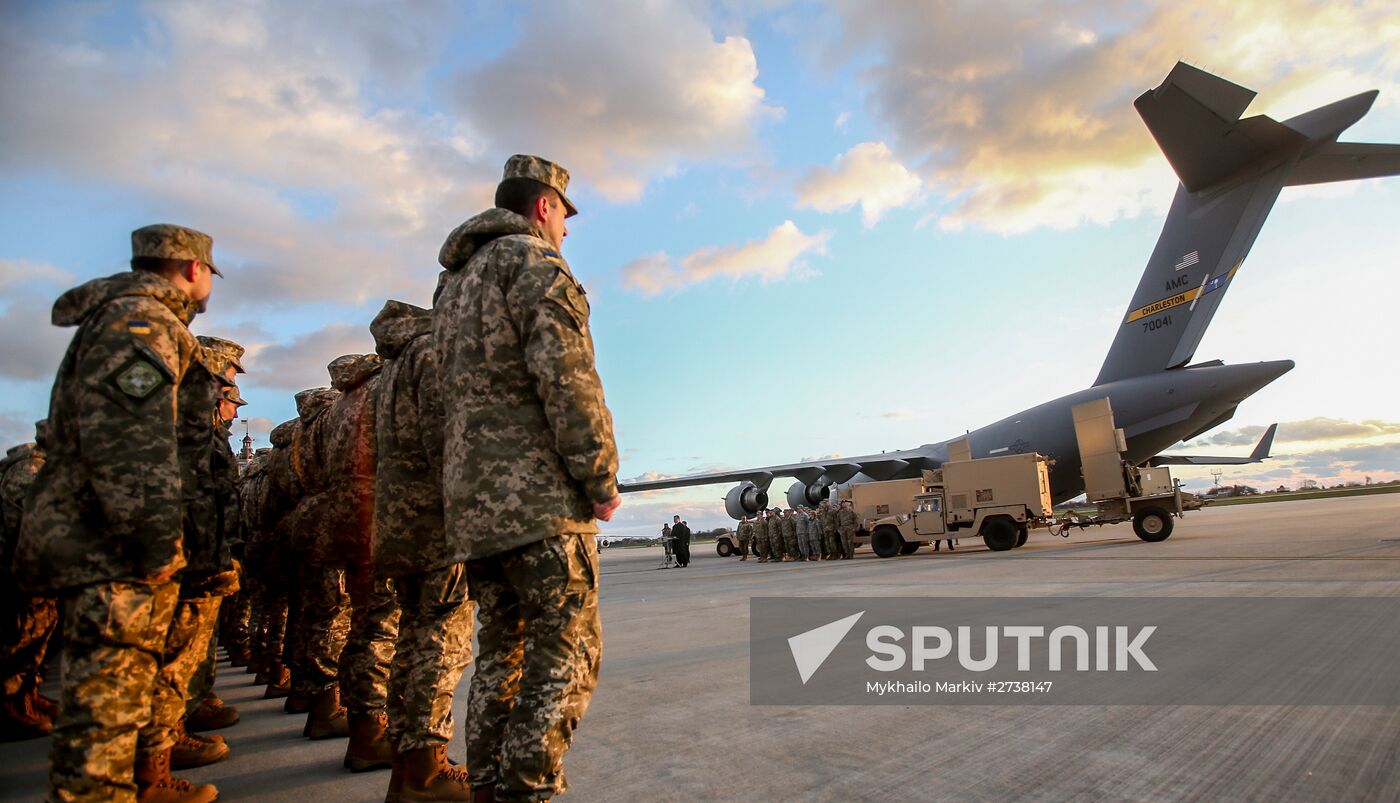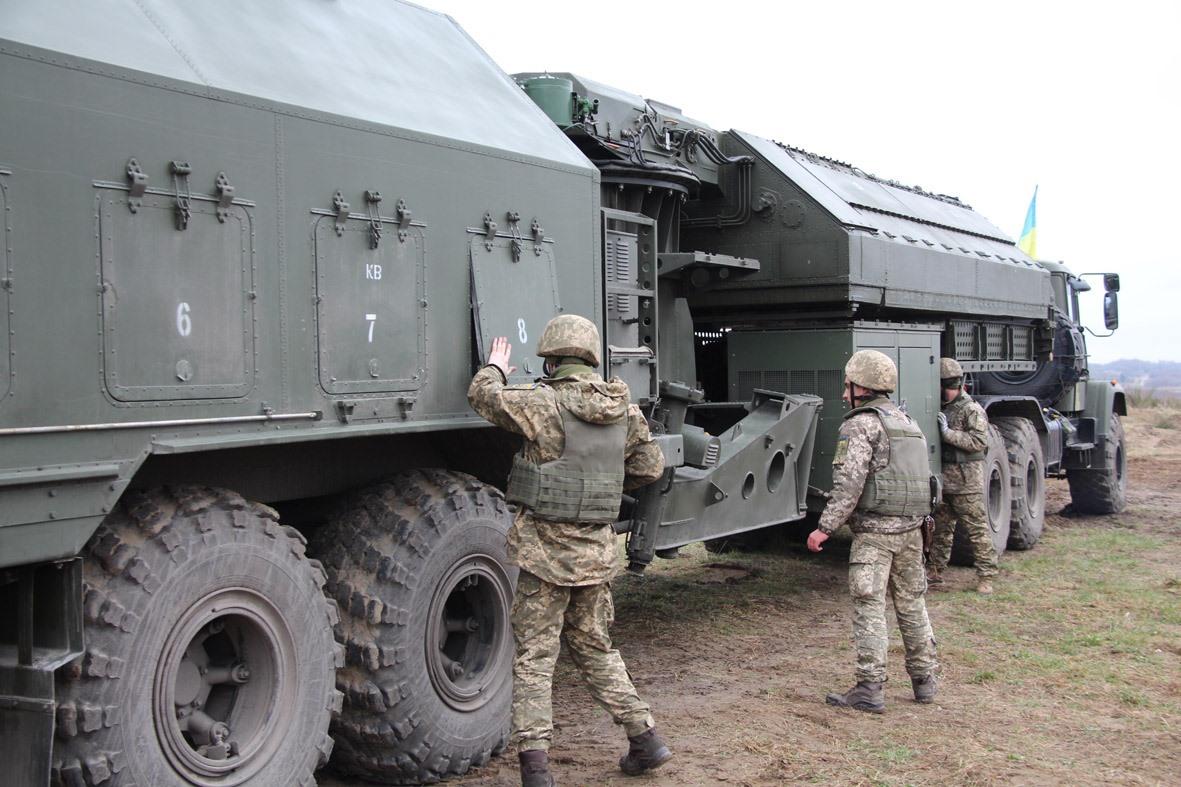Counter Battery Radar - This article has many issues. Please help improve it or discuss these issues on the discussion page. (Learn how and how to delete these sample messages)
This article contains a full list of references, but does not have enough footnotes. Please help improve this article by submitting more detailed information. (February 2014) (Learn how and how to remove this template message)
Counter Battery Radar

This story needs more citations to confirm. Please help improve this article by adding citations to reliable sources. Unfound content can be challenged and removed. Find the source: "Counter-Battery Rader" - Newspapers Books Academics JSTOR (May 2011) (Learn how and how to delete this sample message)
Ukraine Received Cobra Counter Battery Radars From Germany: Let's Take A Look What It Is Capable Of
Anti-battery radar (or weapon tracking radar or COBRA) detects shells and one or more guns, launchers, mortars, or rocket launchers and, from their position, determines the position of the weapon on the ground. The radar system that detects. Expel
The first combat radars and guns were used on mortars. The loaded position of the mortar was very precise, making it easy to calculate the launch position. Since the 1970s, digital computers with advanced computational capabilities have made it possible to determine even the complex ballistics of long-range artillery. These radars are usually mounted on artillery units or support equipment, which allows them to prepare fire quickly.
Information from a single radar can be transmitted quickly over long distances with the help of modern communication systems. This allows the radar not only to notify several batteries, but also to give an early warning to dangerous targets.
Modern anti-artillery radars can detect enemy batteries up to about 50 kilometers (31 mi; 27 nmi), depending on the radar's capabilities, terrain and weather. Some anti-aircraft radars can also be used to track the fire of Fridley guns and calculate adjustments to direct fire to specific areas, but this is usually for secondary purposes.
Russia Says Destroyed A Counter Battery Radar Made By Us In Ukraine
Radar is the most effective method designed to detect enemy weapons. The advent of indirect fire in World War I saw the rise of sound, vision and space exploration, visual and photographic, and you had to shoot down enemy guns and the like before you could determine where you were.
The first radars were developed before World War II to intercept aircraft. Radar that monitors ship fire and coastal artillery soon followed. The latter was able to notice the splash from the missed shot and prepare to make amends. Generally, bullets are too small and round to be detected directly by radar.
Radar operators in anti-aircraft batteries near the front lines found they could track mortars. This may be due to the bomb fuses causing the corner sections that reflect the signal very well. These conflicts of risk have led to the development of radars designed to detect mortars dedicated to this role, using special secondary equipment as needed. The dedicated mortar position radar became popular in the 1960s and remained in use until about 2000.

Identifying the mortar was easy because of its large shape and bow. The situation immediately after launch or before impact can be almost straightforward. If the radar detects the bullet at two points immediately after firing, the line between these points can be extended to the ground, which will make the position of the mortar equal. This is more than enough for a shotgun to hit easily. Advanced radars can also detect snipers firing at high angles (> 45° elevation), but such use is rare.
Ukrainian Soldiers Blow Up Russian Counter Battery Radar System
Solid ballistics, typically used in guns, propellants and rockets, are more difficult. The ideal low-angle ballistics are skewed, relatively uniform at the start of the flight but more skewed near d. This is further modified by small effects such as wind, pressure differences and wind effects. These take time to become noticeable in the long range of fire, but they are not put in the short form like mortars. These effects are not much immediately after the shots, but the low angle, unlike the mortars flying almost above the sky, it is difficult to see the bullets at this time. Compounding the problem is the fact that conventional ammunition makes targeting radars difficult.
In the early 1970s, radar devices capable of detecting guns appeared, and many of the European NATO member states began joint Zda operations. This was short-lived for unknown reasons, but the United States started the Firefinder program and Hughes Aircraft Company developed the appropriate algorithms, but it took a few years of hard work.
The next step was Europe, where in 1986 France, West Germany and Great Britain agreed on a new "List of Military Needs" for anti-aircraft radars. Another difference is that it not only detects individual guns etc., but the radar also detects multiple guns at the same time, and uses the battery's long axis location, size, and battery characteristics to connect them to the battery. something that can be combined. This radar was used as a COBRA (Counter Battery Radar) AESA system.
29 COBRA systems were built and delivered in the project completed in August 2007 (12 were sold to Germany, 2 of them to Turkey, 10 to France and 7 to Great Britain).
Ukraine Successfully Test New Counter Battery Radar
Simultaneously with the development of COBRA, Norway and Sweden developed a small mobile anti-artillery radar known as ARTHUR. Chartered in 1999, it currently operates with seven NATO member states and South Korea. The new ARTUR version has twice the accuracy of the original.
Operations in Iraq and Afghanistan created a new need for a small anti-mortar radar for use in future operational bases, with 360 ° coverage and less crew requirements. A Back to the Future move also confirmed that anti-battery software could be added to battlefield space surveillance radars.
The basic trick is to follow the projector long enough to record part of its scene. This is usually done automatically, but some early and non-primary radars require an operator to track the operation manually. Once a part of the environment is captured, it can be processed to determine the country's origin. Before the advent of digital geodesy, you would use a paper map to check the height of your coordinates, change the elevation, and recalculate the coordinates until you found a location you were happy with.

An additional problem is locating the missile in the plane in the first place. Conventional radar cone-shaped beam must be displayed, but for sufficient power and accuracy, the beam angle is usually limited to about 25°, it is difficult to find a projector that is very difficult. One trick is to post a list of names that give radar operators a rough idea of where to aim the beam. In some cases, the radar is not activated until this time to minimize damage to the electronic countermeasures (ECM). But conventional radars are not very effective.
Counter Battery Radar Cobra And 5 Gepard Spaag Delivered To Ukraine
Tracking long sections of the landscape is not particularly effective because the parabola is defined by only three points. The British Royal Radar Establishment developed a different approach to the Gray Archer system. The radar signal is generated in an area approximately 40° wide by 1° long instead of a cone beam. The scanner corrects the signal to focus on the horizontal position and quickly scan back and forth. This allowed us to examine a very small area of the sky. The operator watches the mortar as it passes through the area, determines the range by the time of the pulse, determines the horizontal position by the position of the Foster Scanner at that time, and determines the vertical position from the base of the thin blade. The operator turns the antenna into the air to the second day and waits for a signal to appear there. This provides the required two points that can be processed by an analog computer. One such system is the US AN/MPQ-4, which was a slightly later design and somewhat streamlined as a result.
However, as the array radar becomes compact enough for field use and has moderate digital computing power, it offers a better solution. Array radar has a number of transmitter/receiver modules that use different configurations to scan arcs up to 90° without moving the antenna. With enough computing power, it can detect and track anything in its field of view. Objects that are not of interest (such as airplanes) can be filtered out and other relevant parts can be tracked based on capabilities.
Anti-battery radars are usually X-band, as they provide maximum accuracy on small radar targets. However, C- and S-bands are common in radars currently in production. You band too
Counter artillery radar, counter strike source radar, cobra counter battery radar, radar people counter, counter mortar radar, counter strike radar, radar traffic counter, battery powered money counter, lightweight counter mortar radar, counter strike 1.6 radar, counter drone radar, counter stealth radar
0 Comments